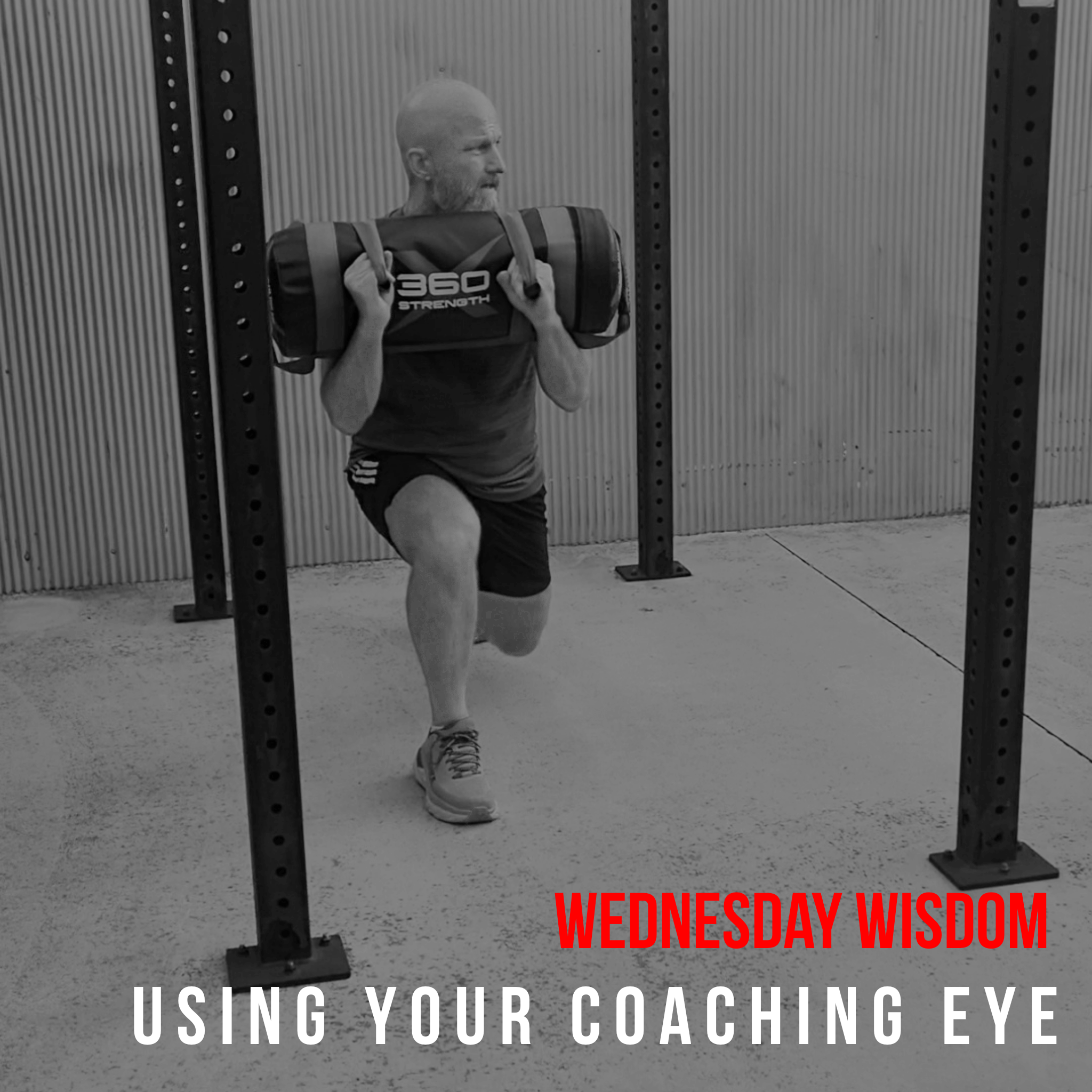We’ve all had a client who is absolutely smashing a program and making progress toward a goal, when suddenly… BOOM.. pain happens and stops them in their tracks, they want to stop everything. It’s such a disappointing and frustrating position for both you and the client to be in!
As coaches, the best way we can manage these situations is to take a preventative approach.
Our goal is to intervene BEFORE the pain hits and it impacts our clients’ ability to train and work toward their goals.
Tuning into how people are moving during exercise and working to prioritise body mobility and technique is the number one way we can work to avoid that pain.
This is where our ‘Coaching Eye’ comes in, and by this we mean your ability to observe dynamic movement and pick up on any poor movement patterns quickly.
Over the coming weeks we’re aiming to fine tune your coaching eye so you can quickly identify some of the key common movement issues we notice with our clients and put a plan in action to make improvements.
Some of these issues to look out for while clients are exercising are:
- Pronation of the foot: rolling of the foot to give the look of a flat foot.
- Valgus knee: the knee falling inward as we step, squat, lunge and deadlift.
- Excessive posterior pelvic tilt: the rounding of the lower back in a squat and a hinged position
- Excessive anterior pelvic tilt: the excessive ‘sticking the butt out’ while standing, overhead pressing, at the top of a squat
- Shoulder lurch: the rolling forward of the front of the shoulder during a press and a pull
- Shoulder elevation: shrugging of the shoulder up toward the ear during a pull
- Scapular winging: the shoulder blade lifting off the ribcage in a push pattern (most noticeable in a push up).
There’s a lot to tune into!
How many of these does your coaching eye pick up on?
For for Newsletter

